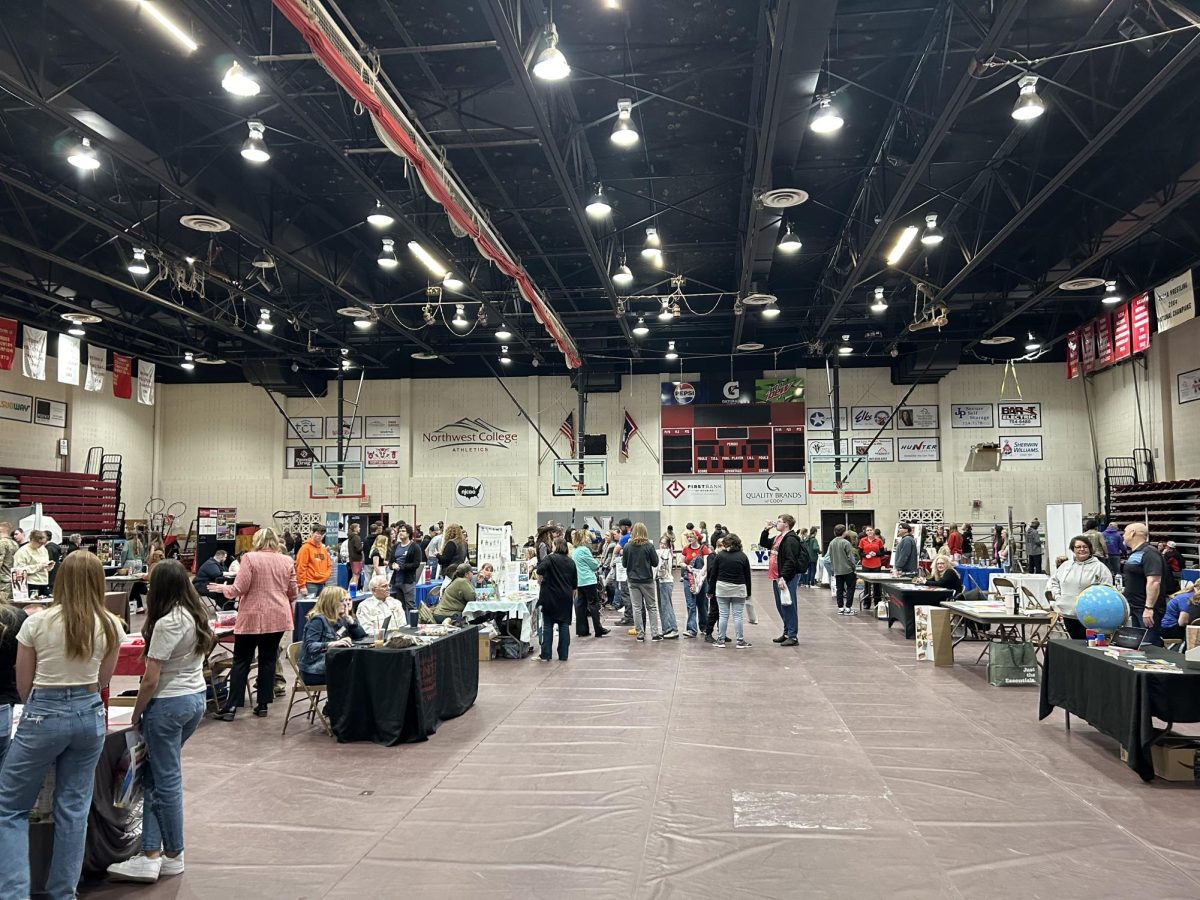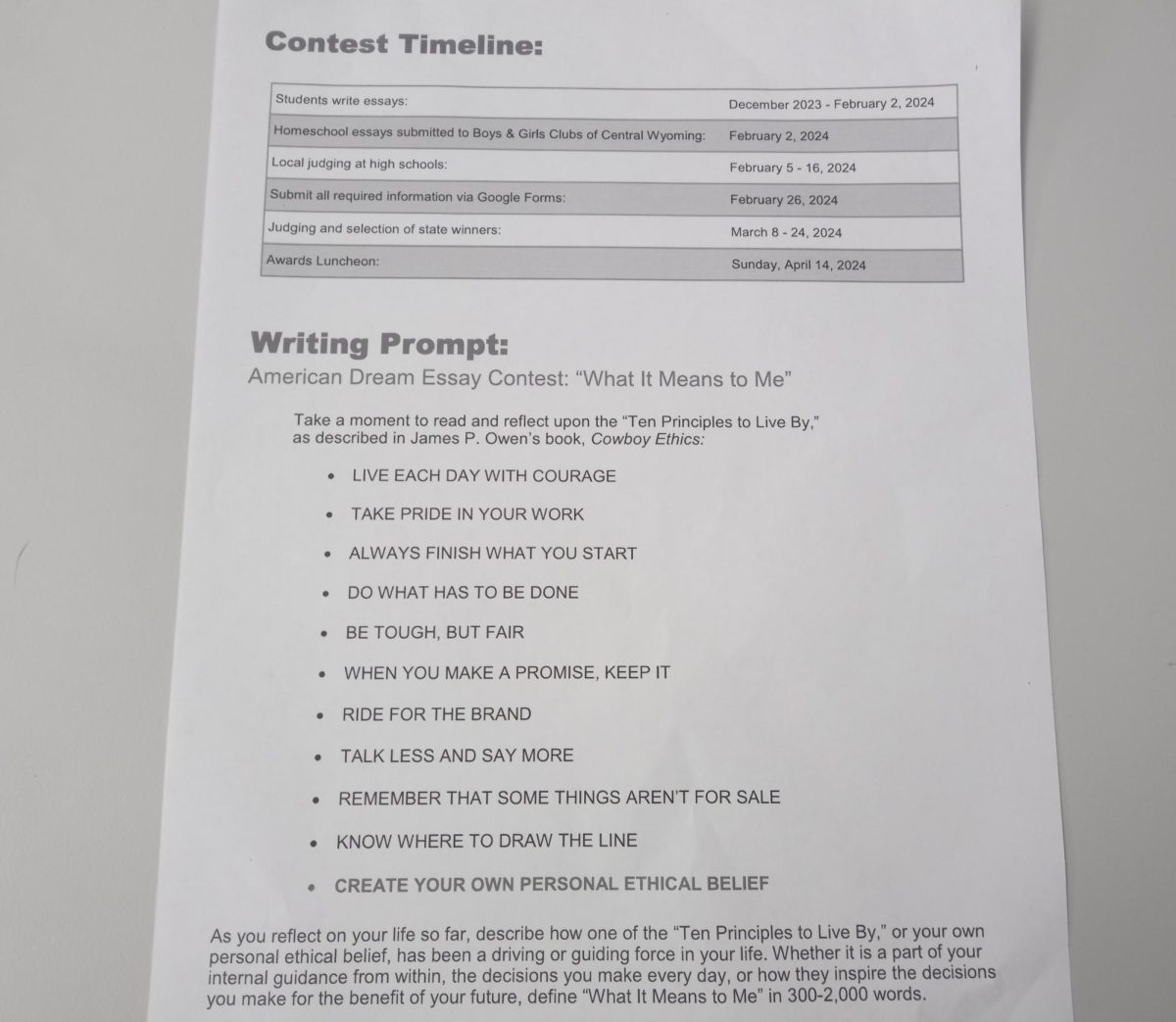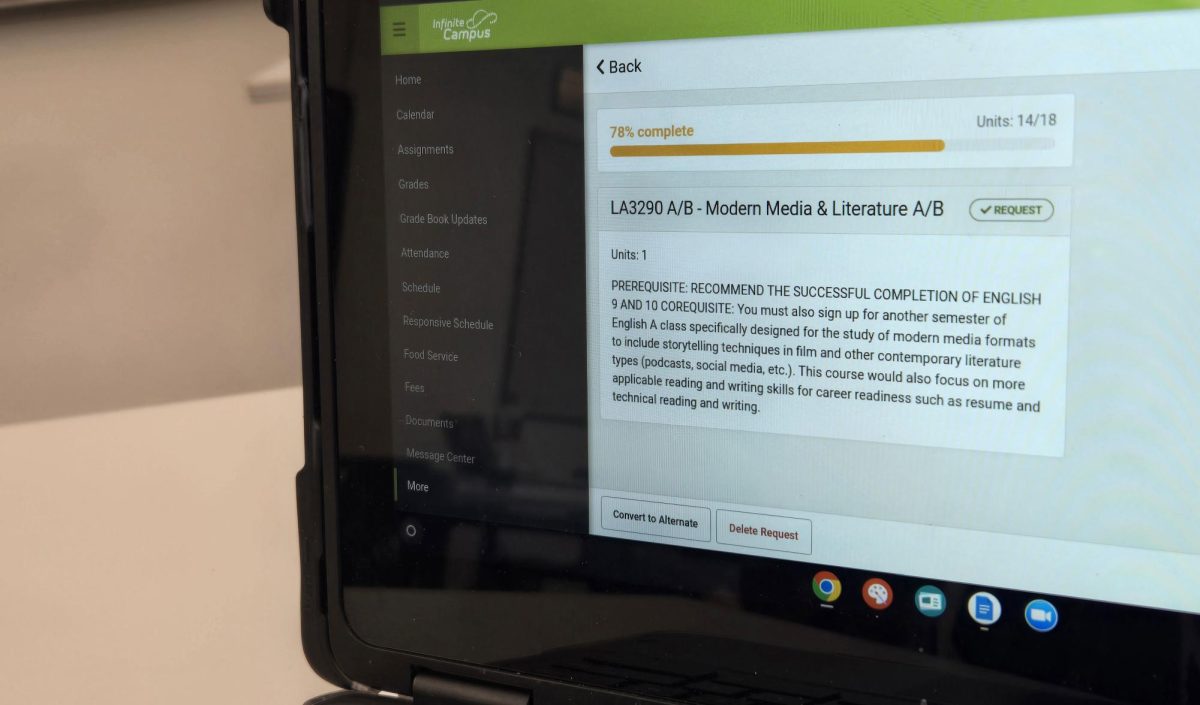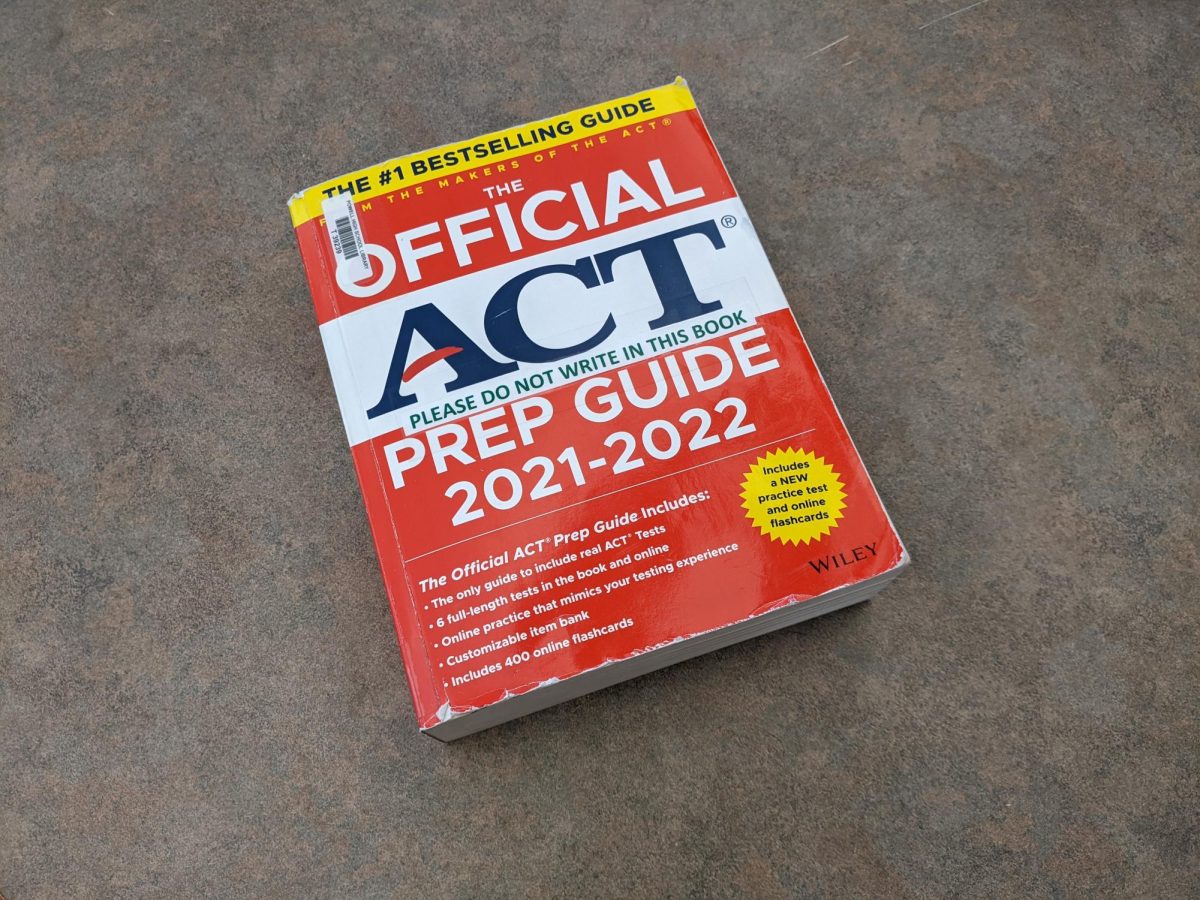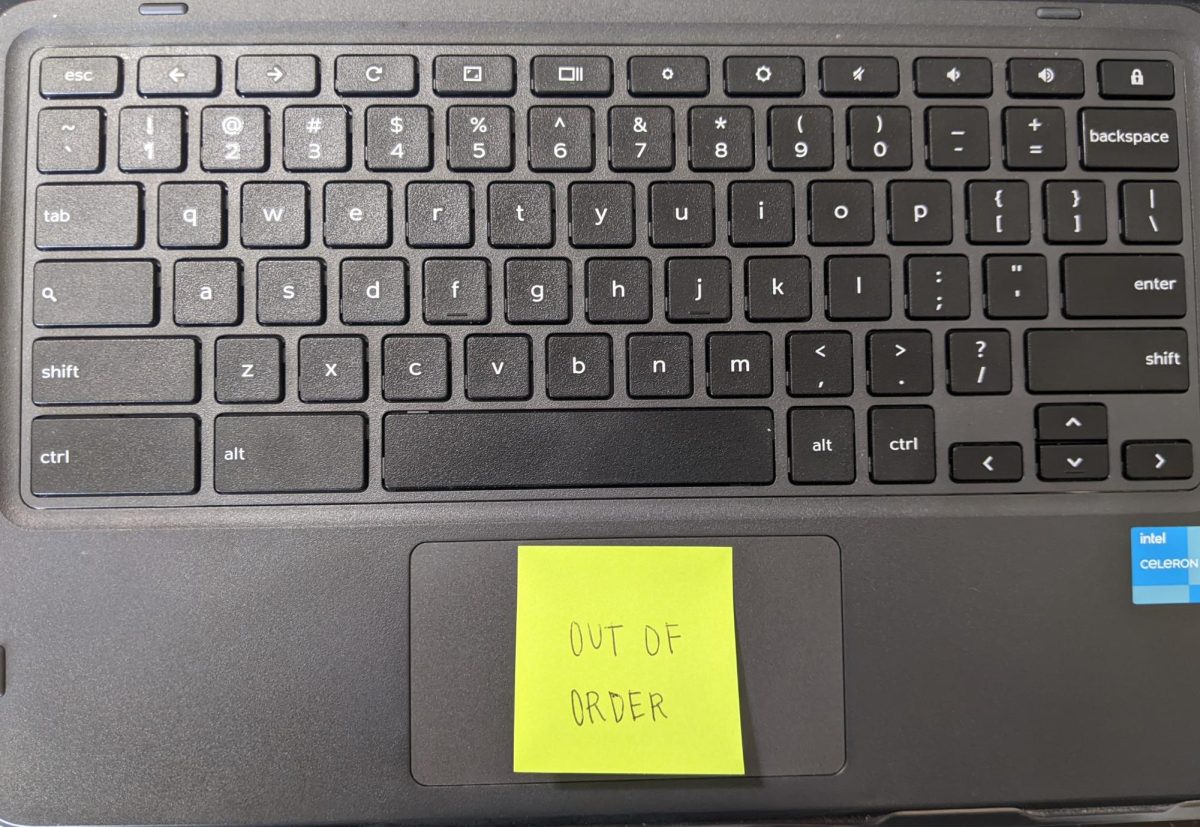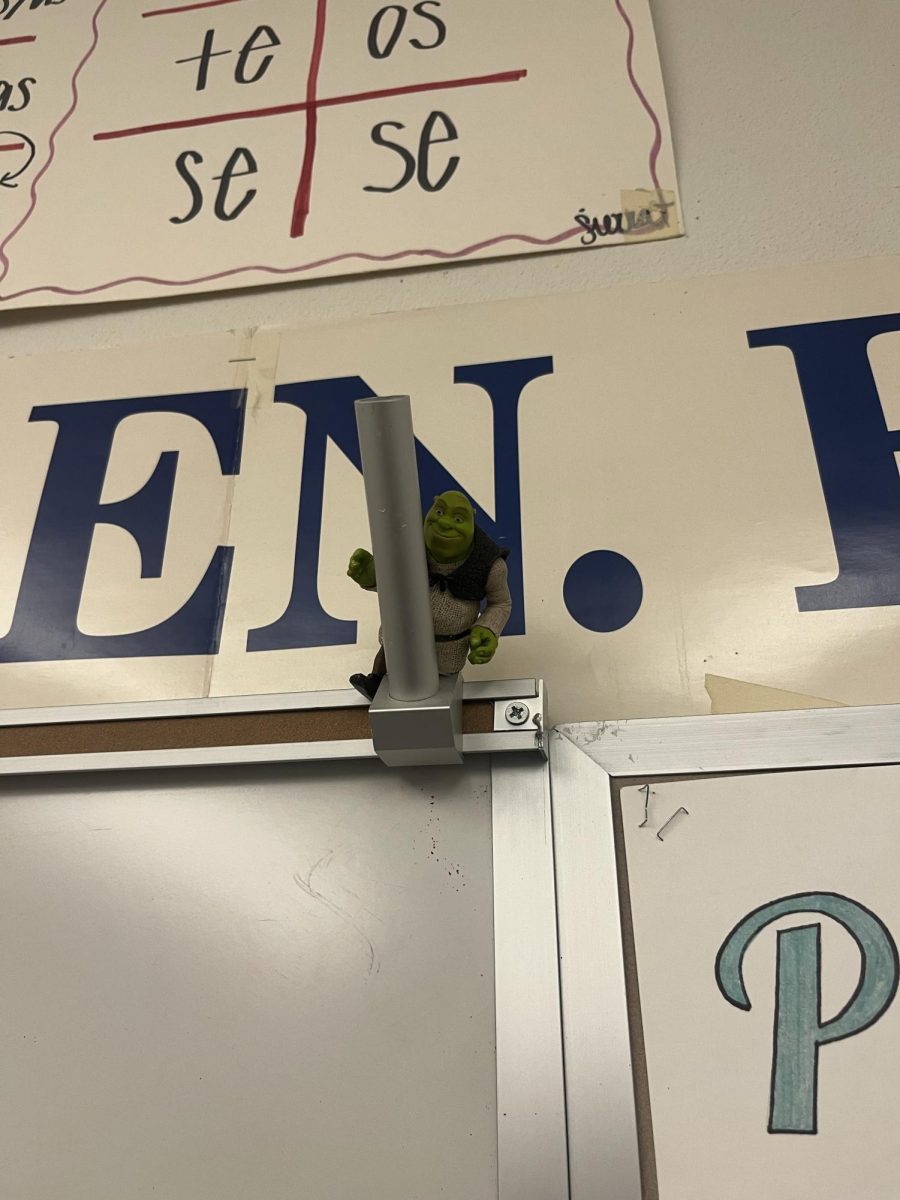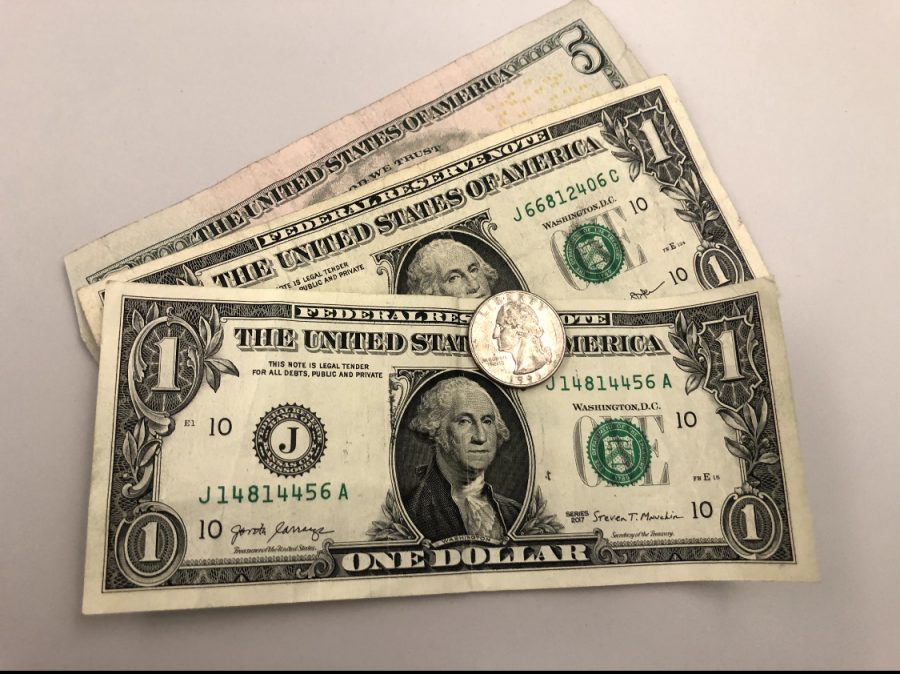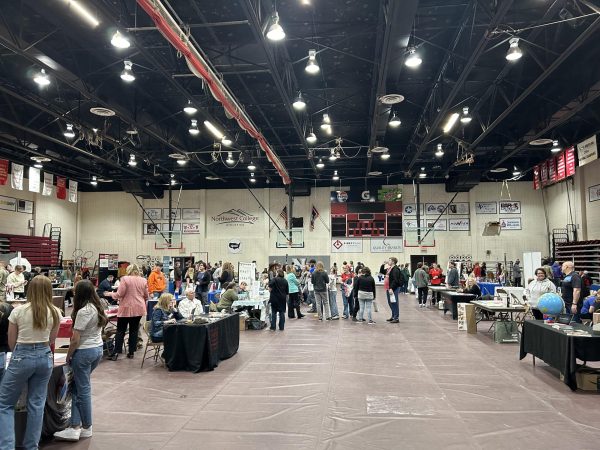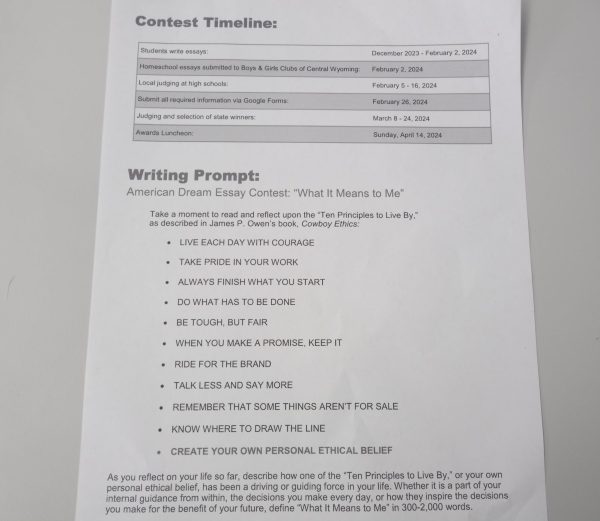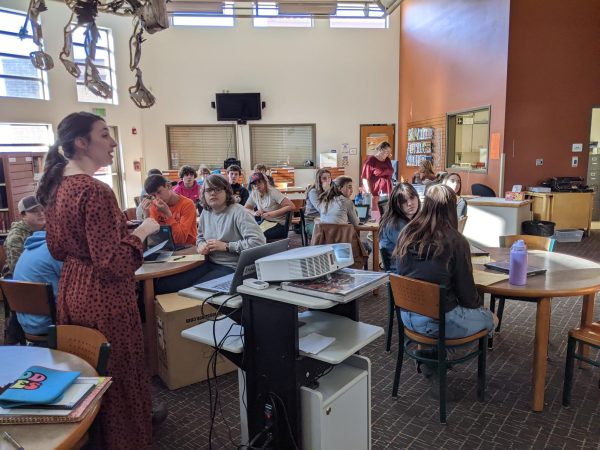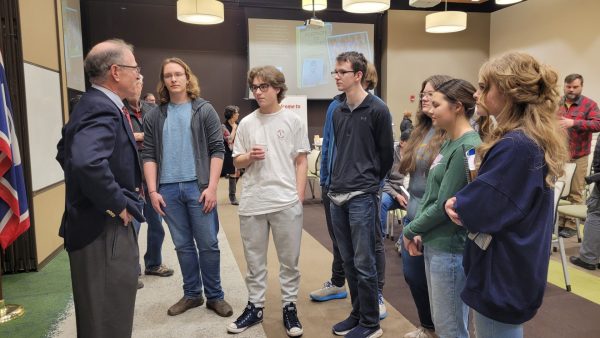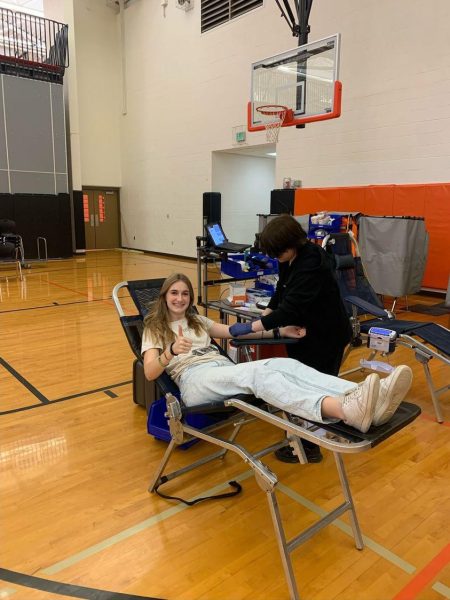THE DARK WAGES
What is acceptable pay in 2021?
One five dollar bill, two one dollar bills and a quarter: $7.25, the national minimum wage.
Money makes the world go ‘round, and the United States, a country widely considered the world’s wealthiest, is no stranger to this fact.
According to CNBC article “Democrats reintroduce $15 minimum wage bill with unified control of Congress, White House,” since 2009, the federal minimum wage has been stagnant at $7.25 an hour, what many now consider to be a “starvation wage,” or a wage that doesn’t pay enough to cover the cost of living in anything but poverty.
Since then, a democrat-led effort spearheaded by Sen. Bernie Sanders (D-VT) has pushed to raise the federal minimum wage to $15 an hour. The idea has had a handful of brushes with Congress, but has never managed to make it across the President’s desk.
According to NPR article “Senate Says No To $15 Minimum Wage For Now, But Democrats Vow To Push On,” it was most recently struck down by the Senate as a proposed part of President Biden’s $1.9 trillion COVID-19 relief bill, leaving many to wonder why. It’s not as if the new regulation would be put into effect overnight; it was meant to be phased in until as late as 2025.
Even still, economists estimated that while the increase in wage would benefit about 32 million workers, it would also put 1.3 million Americans out of work.
“I am all for setting [the] minimum wage to a ‘livable wage,’” PHS social studies teacher Mr. Nathan Urbach said. “$7.25 is not a livable wage.”
Mr. Urbach has his scruples with more than doubling the minimum wage though.
“Small businesses have many legitimate worries concerning this wage hike.” Mr. Urbach said. “Unlike big businesses, which can outsource and/or automate to limit operational costs, small businesses simply lack the logistics to respond in kind.”
According to the aforementioned NPR article, less than 2% of workers make the national minimum wage–most states have their own, often higher, minimum wages, allowing for a tailoring of state-by-state living wages.
“I would like to see the minimum wage … adjusted regionally,” Mr. Urbach said, “withith the cost of living taken into consideration.”
The battle for a minimum wage that can sustain America’s workers is one that has been fought for years and will continue to be waged as the years go on. NPR states that some estimates show the original two dollar minimum wage would equate to $17 an hour today, so there’s certainly more ammunition to be fired. As America’s COVID-riddled economy continues to fray though, an increased federal minimum wage continues to linger, phantasmal, just out of reach.




